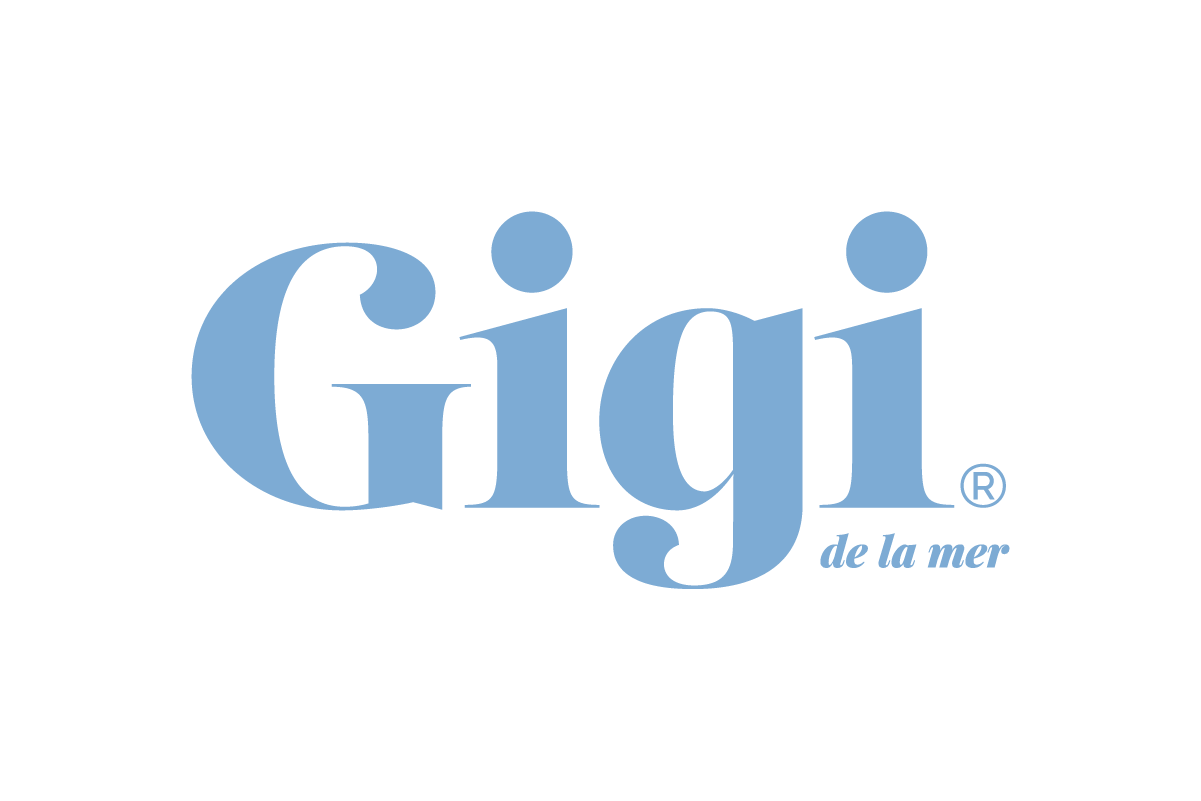We all know that there are times throughout our menstrual cycle that we just feel a bit ‘bleughh’ and others where we are feeling like superwoman! There’s good science to explain why everything from your mood, to cravings, to your performance in the gym varies over the course of the month – and it’s all down to our female hormones; oestrogen & progesterone.
A textbook example of the female cycle is 28 days, however, this varies from woman to women and recent research shows that a healthy cycle can be anywhere between 21 and 35-40 days. For the purpose of outlining the different phases of the cycle, we'll use a typical 28 day cycle as an example.
Let’s have a good look at what’s going on over the course of the month. There are 4 Phases of our Menstrual Cycle:
1. Menstrual Phase (this is the one everyone knows of!)
2. Follicular Phase
3. Ovulatory Phase
4. Luteal Phase

PHASE 1: MENSTRUATION (DAY 1 – 5)
Your cycle begins on day 1 of your period and lasts approximately 5 days (if you have spotting in the lead up to your bleed these days do not count as menstruation i.e. it is the end of your previous cycle). Oestrogen and progesterone are at their lowest and for this reason you may notice a drop in your overall mood. The drop in hormones stimulates the shedding of the uterine lining (your period).
Some women feel menstrual cycle symptoms such as cramps and bloating. Feeling fatigued in this phase is very normal and it’s important to listen to your body and only do what feels comfortable from a training perspective.
PHASE 2: FOLLICULAR (DAY 6 – 13)
This is still the low hormone phase however, oestrogen continues to rise over the course of this phase until it reaches its peak at ovulation (day 14). In the small percentage of studies that do include female participants, they are usually studied at this stage in the cycle as this is when our physiology is most similar to that of males.
Increasing oestrogen levels are associated with a release of feel-good hormones so you should notice your mood being more energetic and positive in this phase!
PHASE 3: OVULATORY (DAY 14 – 18)
Ovulation itself typically happens around day 14 but the characteristics of the phase are true for approximately 4 days. Ovulation is the release of an egg from the ovaries
Ovulation is the most important part of the female cycle, regardless of whether you are trying to conceive or not. Ovulation is the way our body produces progesterone. Progesterone balances oestrogen and has a calming, anti-anxiety effect on the body, alongside an array of other health benefits from bone, skin and heart health.
Oestrogen levels start to decline as ovulation occurs but then both oestrogen and progesterone start to rise and remain high for the duration of the cycle. Basal body temperature rises after ovulation, this is one of the key indicators that ovulation has occurred. Testosterone is also at its highest during ovulation resulting in a higher sex drive.
Most women feel energetic and confident around the time of ovulation but sometimes the change in hormone levels can impact mood and some women start to feel more lethargic.
PHASE 4: LUTEAL PHASE (DAY 19-28)
Oestrogen & progesterone remain high for the duration of the luteal phase and then begin to decline in the lead up to menstruation. The decrease in hormone levels can impact your ability to get quality sleep, your basal body temperature is also raised which can negatively affect sleep.
When it comes to training in the luteal phase it is important to listen to how your body is feeling as some women can feel ‘flatter’ and more fatigued at this point in the cycle - instead of forcing yourself to make that gym class try opting for lower-impact forms of exercise such as walking, pilates and yoga.



